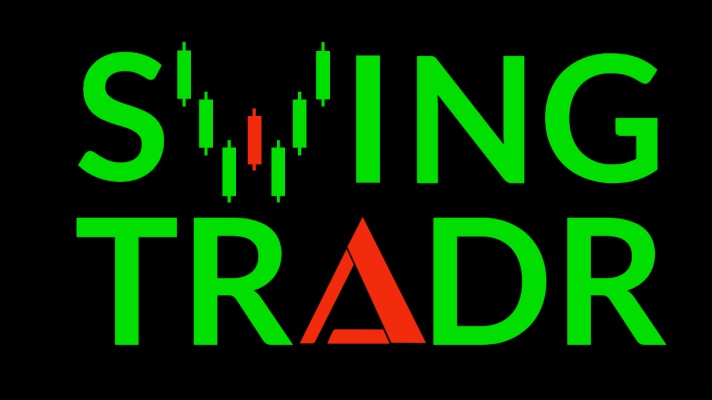Risk Management and Position Sizing
Managing risk and position sizing are essential components of successful swing trading. Risk management involves implementing strategies to limit the potential losses from trading positions, while position sizing refers to the amount of capital allocated to each trade.
One of the most important risk management strategies in swing trading is the use of stop-loss orders. A stop-loss order is an order placed with a broker to sell a security if it reaches a certain price, in order to limit potential losses. By setting stop-loss orders, traders can minimize their losses and protect their capital.
Another risk management strategy in swing trading is to limit the amount of capital allocated to each trade. This can be achieved through position sizing, which involves calculating the ideal position size based on the size of the trading account and the risk tolerance of the trader. By limiting the amount of capital allocated to each trade, traders can minimize their losses in the event of a losing trade.
In addition to stop-loss orders and position sizing, it’s important to have a solid understanding of risk-reward ratios. A risk-reward ratio is the ratio between the potential profit of a trade and the potential loss. For example, if the potential profit of a trade is $100 and the potential loss is $50, the risk-reward ratio is 2:1. Traders should aim to have a positive risk-reward ratio for each trade, meaning that the potential profit is greater than the potential loss.
Finally, it’s important to have a plan in place for managing emotional reactions to trading losses. Emotions such as fear and greed can cloud judgment and lead to irrational trading decisions. By having a plan in place for managing emotions, such as taking a break from trading or seeking the advice of a mentor or coach, traders can maintain discipline and avoid making impulsive trading decisions.
In the next section, we’ll look at common mistakes to avoid in swing trading.
